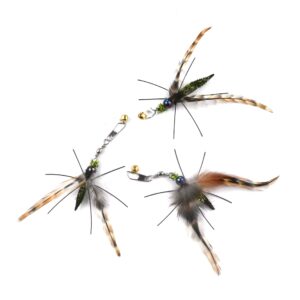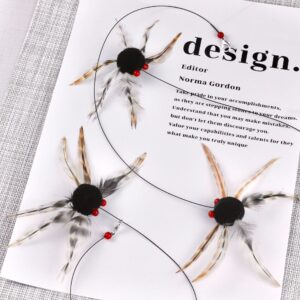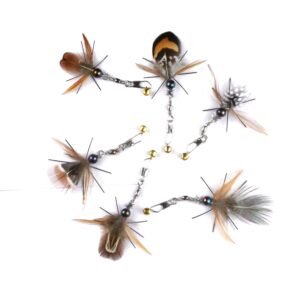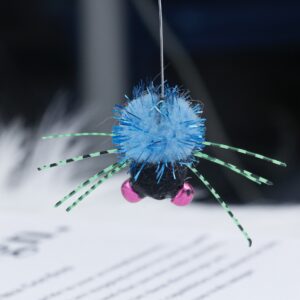Finding the right cat toy for cats with arthritis is crucial for promoting their well-being and encouraging gentle physical activity. Arthritis is a common condition in older cats, leading to stiffness, discomfort, and decreased mobility. While it may be tempting to allow your cat to rest more often, keeping them engaged with the right toys can actually help alleviate some of the symptoms of arthritis, improve joint flexibility, and prevent further deterioration of their muscles. Choosing a cat toy for cats with arthritis requires careful consideration, as it’s important to select items that are easy on their joints while still providing mental and physical stimulation.
Cats with arthritis often experience pain when moving, making it difficult for them to engage in their usual activities. This means that they may shy away from high-impact play or toys that require a lot of jumping and running. The key is to find toys that encourage low-impact, slow-moving activities, so they can enjoy play without straining their joints. Toys that involve gentle movements or that allow for easy batting and swatting are ideal. The goal is to encourage light activity that keeps their muscles from weakening while avoiding excessive stress on their joints.
Interactive toys, such as soft feather wands or gentle rolling balls, can provide just the right amount of stimulation without requiring your cat to overexert themselves. Feather wands, in particular, can be used in a slow and controlled manner, allowing your cat to engage in light hunting activities from a sitting position. For cats with arthritis, toys that roll smoothly or have minimal friction are better, as they reduce the need for rapid, forceful movements. Additionally, puzzle feeders can help mentally stimulate your cat and encourage them to move around without requiring heavy physical exertion. These toys are great for engaging their minds while offering them a more relaxed, low-intensity form of play.
 Another great option is a soft, plush toy that your cat can bat at gently. These toys don’t require jumping or vigorous movements, and they allow your cat to interact with them at their own pace. You might also want to consider catnip-infused toys, which can encourage light play without the need for excessive movement. For some cats with arthritis, even simply batting at a stationary toy can help maintain some level of activity while offering comfort and enjoyment.
Another great option is a soft, plush toy that your cat can bat at gently. These toys don’t require jumping or vigorous movements, and they allow your cat to interact with them at their own pace. You might also want to consider catnip-infused toys, which can encourage light play without the need for excessive movement. For some cats with arthritis, even simply batting at a stationary toy can help maintain some level of activity while offering comfort and enjoyment.
It’s important to always observe how your cat responds to different toys. If they show signs of discomfort or unwillingness to engage, it’s a sign that the toy may not be suitable. On the other hand, if they seem to enjoy a particular toy, it can become part of their regular play routine. Gently encouraging your cat to play without forcing them to do too much is key, and over time, you can adjust the type of toys and the level of interaction based on their comfort and needs.
In conclusion, choosing the right cat toy for cats with arthritis is about balancing the need for activity with the importance of avoiding pain and discomfort. By selecting gentle, low-impact toys that encourage light movement, you can help your cat maintain their physical and mental health. With the right toys and some patience, you can improve your cat’s quality of life and keep them engaged in the world around them, despite the challenges posed by arthritis.






